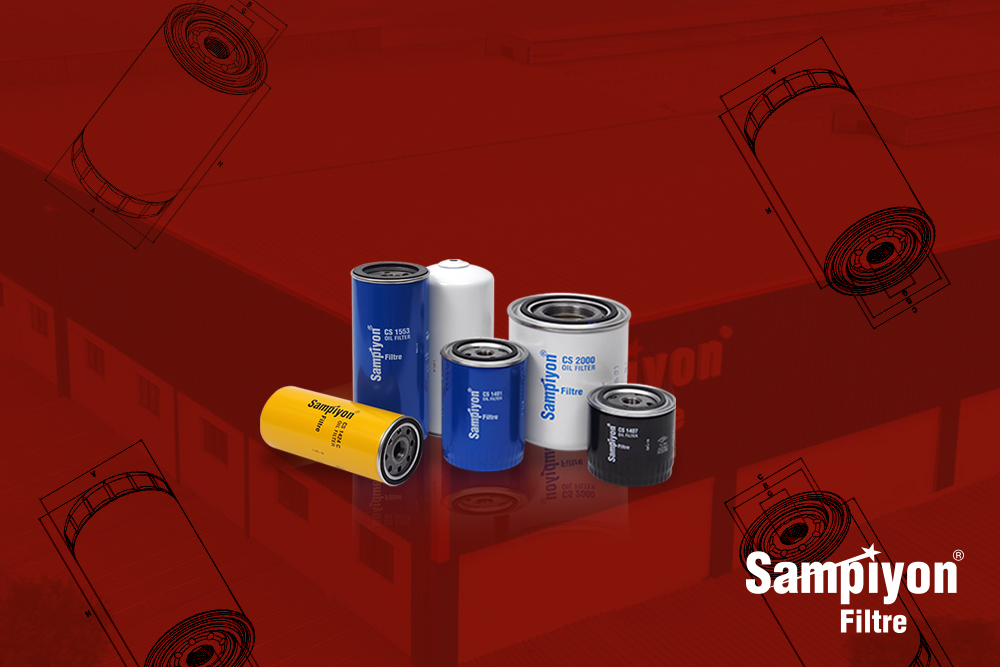
Can I Change My Fuel Filter with a Full Tank of Gas?
If you change the fuel filter with a full tank of gas, there is a risk of fuel spilling out of the tank and onto the groundApril 12, 2023
If you change the fuel filter with a full tank of gas, there is a risk of fuel spilling out of the tank and onto the ground. This can be a safety hazard and may also cause damage to your vehicle or the surrounding area. Additionally, if you have a lot of fuel in the tank, you will need to take extra precautions to prevent fuel from splashing onto the filter or into the engine bay.
Still, you can change your fuel filter with a full tank of gas. However, it is recommended to have a quarter tank of gas or less in your vehicle before changing the fuel filter. This is because the fuel pump, which is responsible for pushing fuel from the tank to the engine, is located inside the fuel tank and operates by creating a suction force. If the tank is full, it increases the weight of the fuel, making it harder for the pump to create suction and push fuel through the filter.
What Should You Consider When Changing the Fuel Filter with a Full Tank of Gas?
When changing the fuel filter, it is important to follow the manufacturer's instructions. This is especially important when you want to change the fuel filter with a full tank of gas. This typically involves removing the old filter and installing the new one. It's also important to properly tighten the connections to ensure there are no leaks.
In conclusion, while it is possible to change a fuel filter with a full tank of gas, it is recommended to have a quarter tank or less to make the process safer and easier. Remember to follow the manufacturer's instructions and take the necessary precautions to prevent fuel spillage. By doing so, you can ensure a successful and safe fuel filter change.
In addition, you can review our most preferred fuel filters by clicking on the links.* CE 1296 M
Sampiyon Filter was founded in 1985 as a small family business that was founded in İskenderun. Our company, which has been named “Champion” since its first foundation, has been targeted as “Success in filtration”, and has been transformed into a larger family with more than 35 years of experience, and continues to produce high quality oil, fuel, air and hydraulic filters to automotive, agricultural, business machinery and commercial bus and truck groups in accordance with national and international standards.


